Intel’s i860 RISC chip was a graphics powerhouse.
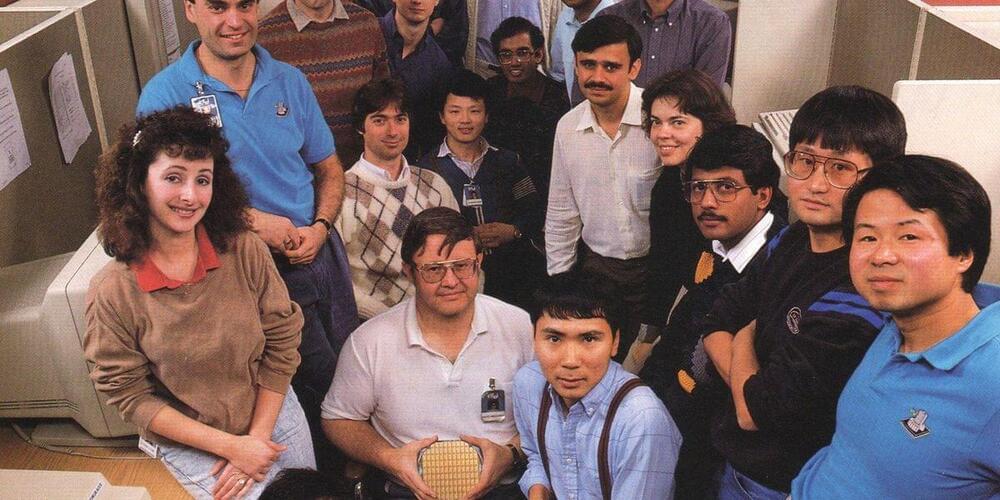


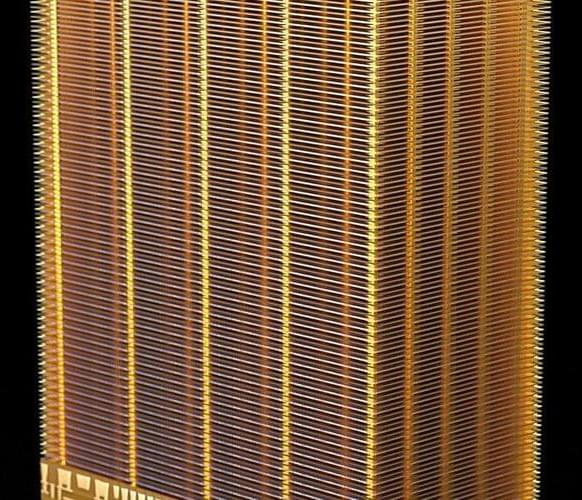
Boise, Idaho-based memory manufacturer Micron Technology says it has reached volume production of a 232-layer NAND flash-memory chip. It’s the first such chip to pass the 200-layer mark, and it’s been a tight race. Competitors are currently providing 176-layer technology, and some already have working chips with 200+ layers in hand.
The new Micron tech as much as doubles the density of bits stored per unit area versus competing chips, packing in 14.6 gigabits per square millimeter. Its 1-terabit chips are bundled into 2-terabyte packages, each of which is barely more than a centimeter on a side and can store about two weeks worth of 4K video.
With 81 trillion gigabytes (81 zettabytes) of data generated in 2021 and International Data Corp. (IDC) predicting 221 ZB in 2026, “storage has to innovate to keep up,” says Alvaro Toledo, Micron’s vice president of data-center storage.
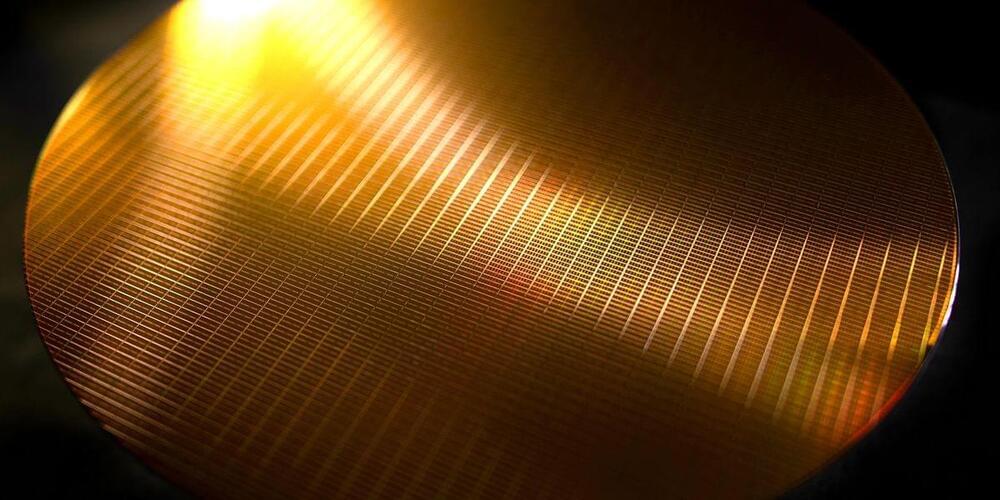
Memory and storage chip maker Micron Technology says it is shipping samples of the most bit-dense DRAM memory chips yet. Compared with its own previous generation, the 16-gigabit DRAM chip is 15 percent more power efficient and 35 percent more dense. Notably, Micron achieved the improvement without resorting to the most advanced chip-making technology, extreme ultraviolet lithography. The features that make up DRAM cells are not nearly as tiny as those on logic chips, but this advance shows that DRAM density could still shrink further in the future.
Micron says it is shipping samples of LPDDR5X chips, memory made for power-constrained systems such as smartphones. (LPDDR5X, unpacked: a revved-up twist on the low-power version of the fifth generation of the double-data-rate memory communications standard, capable of transferring 8.5 gigabits per second.) It’s the first chip made using Micron’s new manufacturing process, called 1-beta, which the company says maintains the lead it took a year ago over rivals, including Samsung and SK Hynix.
Manufacturing processes for DRAM and logic chips diverged decades ago, with logic chips shrinking transistors much more aggressively as the years went by, explains Jim Handy, a memory and storage analyst at Objective Analysis, in Los Gatos, Calif. The reason for the difference has to do with DRAM’s structure. DRAM stores a bit as charge in a capacitor. Access to each capacitor is gated by a transistor. But the transistor is an imperfect barrier, and the charge will eventually leak away. So DRAM must be periodically refreshed, restoring its bits before they drain away. In order to keep that refresh period reasonable while still increasing the density of memory, DRAM makers had to make some pretty radical changes to the makeup of the capacitor. For Micron and other major manufacturers, it now resembles a tall pillar and is made using materials not found in logic chips.
A paralyzed man who hasn’t spoken in 15 years uses a brain-computer interface that decodes his intended speech, one word at a time.
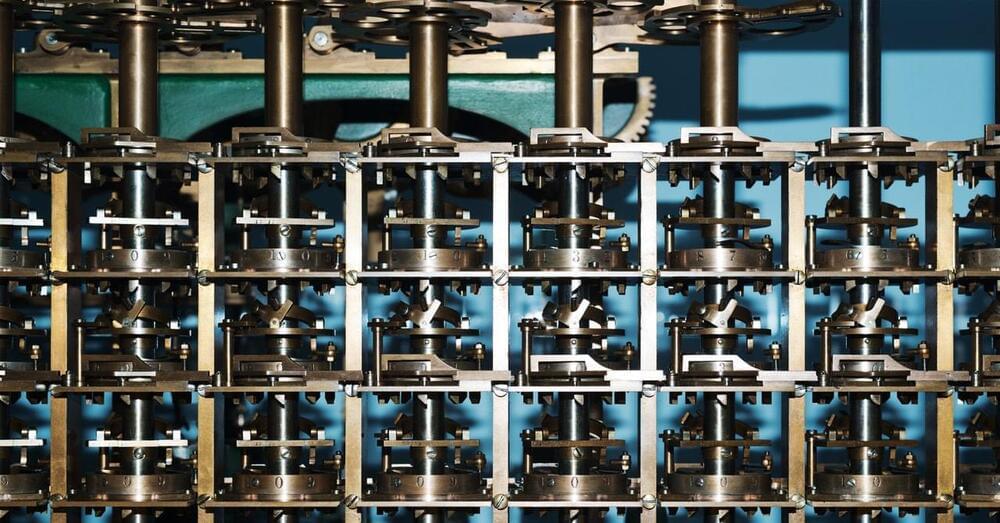

Black holes have properties characteristic of quantum particles, a new study reveals, suggesting that the puzzling cosmic objects can be at the same time small and big, heavy and light, or dead and alive, just like the legendary Schrödinger’s cat.
The new study, based on computer modeling, aimed to find the elusive connection between the mind-boggling time-warping physics of supermassive objects such as black holes and the principles guiding the behavior of the tiniest subatomic particles.
Personal computing has gotten smaller and more intimate over the years—from the desktop computer to the laptop, to smartphones and tablets, to smart watches and smart glasses.
But the next generation of wearable computing technology—for health and wellness, social interaction and myriad other applications—will be even closer to the wearer than a watch or glasses: It will be affixed to the skin.
On-skin interfaces—sometimes known as “smart tattoos”—have the potential to outperform the sensing capabilities of current wearable technologies, but combining comfort and durability has proven challenging. Now, members of Cornell’s Hybrid Body Lab have come up with a reliable, skin-tight interface that’s easy to attach and detach, and can be used for a variety of purposes—from health monitoring to fashion.
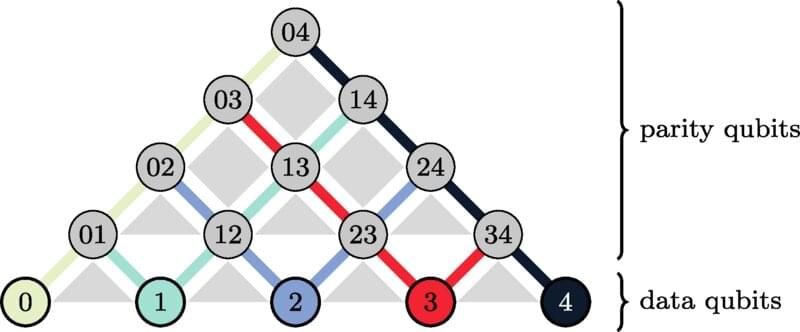
The computing power of quantum machines is currently still very low. Increasing performance is a major challenge. Physicists at the University of Innsbruck, Austria, now present a new architecture for a universal quantum computer that overcomes such limitations and could be the basis of the next generation of quantum computers soon.
Quantum bits (qubits) in a quantum computer serve as a computing unit and memory at the same time. Because quantum information cannot be copied, it cannot be stored in memory as in a classical computer. Due to this limitation, all qubits in a quantum computer must be able to interact with each other.
This is currently still a major challenge for building powerful quantum computers. In 2015, theoretical physicist Wolfgang Lechner, together with Philipp Hauke and Peter Zoller, addressed this difficulty and proposed a new architecture for a quantum computer, now named LHZ architecture after the authors.
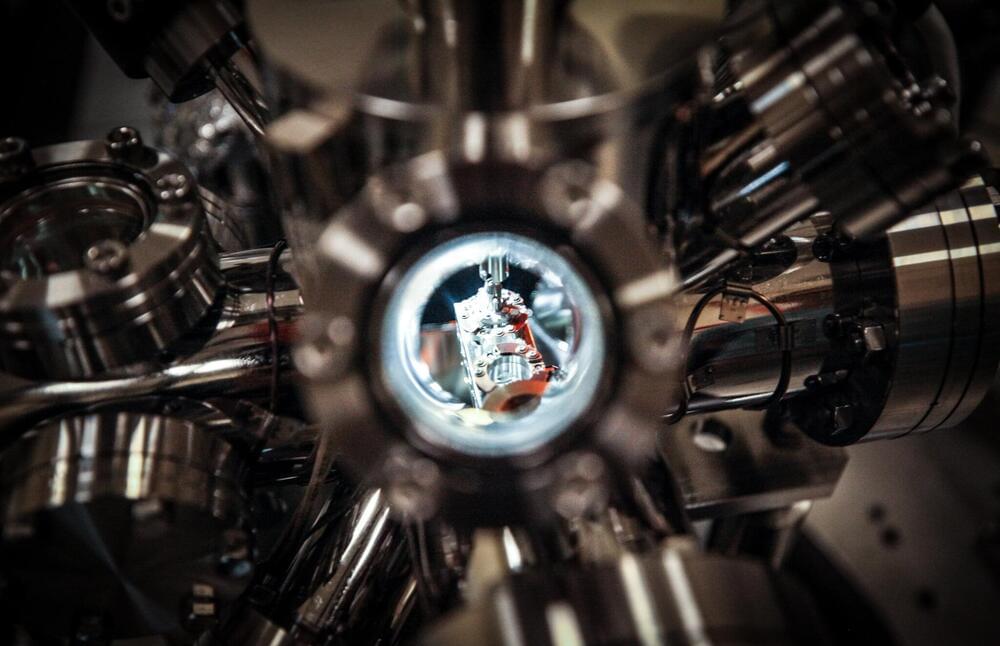
Quantum computers, which can perform calculations much faster than traditional computers, have a big problem: They are prone to data storage and processing errors caused by disturbances from the environment like vibrations and radiation from warm objects.
But a discovery by scientists led by Nanyang Technological University, Singapore (NTU Singapore), on how electrons can be controlled at very low temperatures, suggests a way for addressing this problem and developing more robust and accurate quantum computers.
The team’s findings, which were published online in the Nature Communications journal in October 2022, showed, for the first time, that electrons can have strong interactions between them under certain conditions.